SUMMARY
This is AI generated summarization, which may have errors. For context, always refer to the full article.
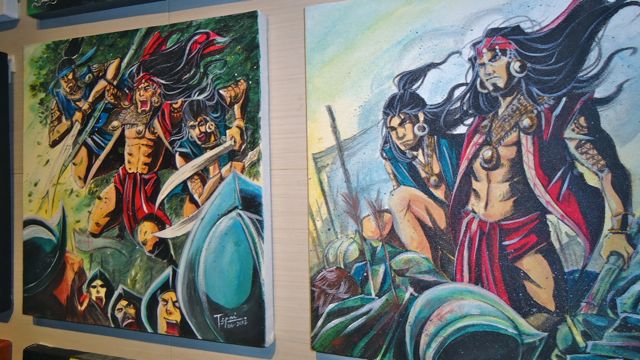
MANILA, Philippines – Next to learning that Santa Claus is not real, my mom throwing out trading cards (we called it “teks”) of super heroes was the darkest moment in my childhood.
Dad did not help much. He always changed the channel to a basketball game whenever I eagerly watched the X-Men cartoon on Friday nights.
Yes, I was a repressed geek in grade school.
So imagine my juvenile eyes when I sat on a copy of the first issue of “Marvel vs. DC” in a cinema. It was a crossover event between the universes of Spider-man and Superman. “Spider-man and Superman in one comic book! Oh wow!” (I picture myself saying this in a flashback as I type this.)
My parents did not pay for it so my mom did not mind me reading the copy a dozen times. I read it whenever I was not picking my nose… er, not doing anything.
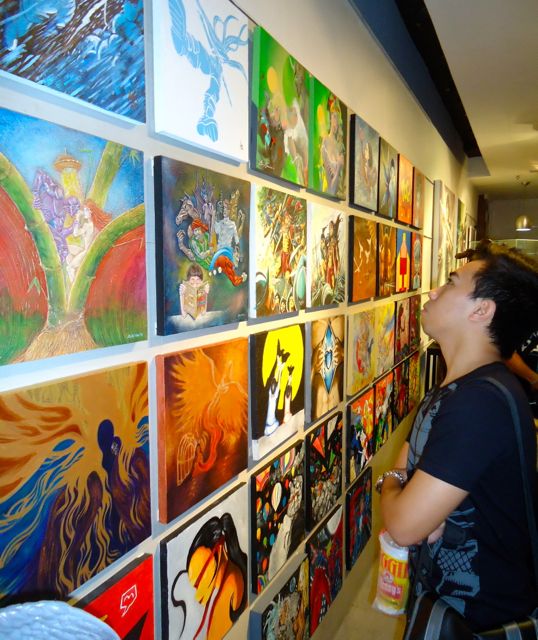
But my dad always blamed my fascination with superheroes for any inappropriate behavior (i.e. not taking a bath). “Itapon mo na nga ‘yan, kaya ka ganyan eh! (Better throw those out, they’re doing you no good!),” my dad used to say.
My mom silently agreed.
Never mind that I learned how to pronounce the word “Phoenix” earlier than my peers (a bully insisted it’s pronounced as “Pee-How-Nix”; don’t ask what happened when I corrected him) or looked for the meaning of “Gambit” in the dictionary (I looked for “Adamantium” and “Cerebro” with no luck).
For my parents, reading comics was a bad thing. “Hit the real books,” my dad said.
Real books? Are comic books fake books?
Comics as literature
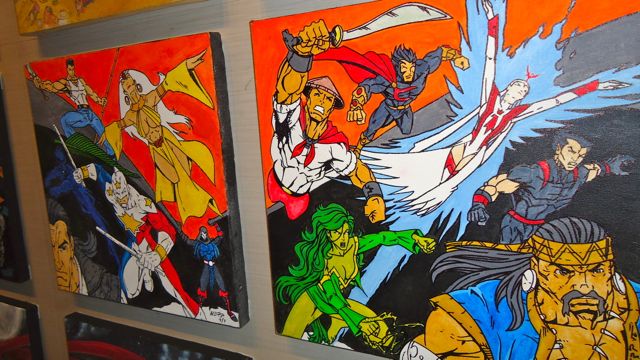
Fast forward to the present: comic books are still battling legitimacy in a larger scale, particularly in literary circles.
Take Kubori Kikiam, a comic book series about talking street food written and illustrated by Michael David. In a recent “Better Living than Xeroxography” talk, Flipside Digital Content managing editor Honeylein de Peralta revealed that some prospective digital authors were apprehensive about having their books’ thumbnail images posted next to Kubori Kikiam.
“They say, ‘Ayaw namin ang book namin na katabi ng Kubori Kikiam dahil na-chi-cheapan kami.’ (We don’t want our books next to Kubori Kikiam because we find it cheap),” Peralta said.
She disclosed that they were not happy with the remark. “We are a bookstore. They should be thankful kasi maraming downloads ang Kubori Kikiam (Many people download Kubori Kikiam).” The downloads bring traffic to other books on the site, she said.
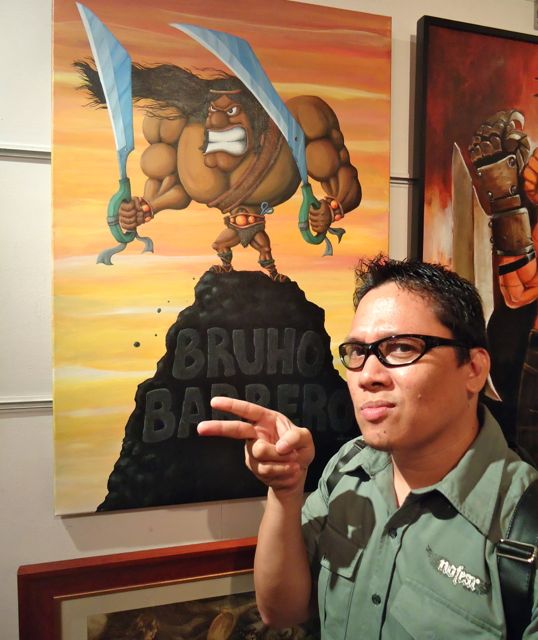
In one major bookstore, international comic books get their own shelves with lighted signages of their publishers. When this was brought up in an online community of comic book creators, Trese writer Budjette Tan said that having an entire section devoted to local comics “boils down to not having enough titles to support such a section.”
“So, if you guys really want to see more local comics in the bookstores, then keep on supporting the local works!
“As to all the local comic book writers and artists, just keep on creating! And keep on pitching your work or find ways to get it published and in stores,” Tan posted online.
Comics as an art form

Comic book illustrators also feel like they are being looked down upon by other visual artists from what people percieve as “high art.”
Sculptor and comic enthusiast Seb Chua disagreed with this notion so he organized an exhibit dubbed “Comics Arthology” showcasing paintings and illustrations of comic book artists in the Art Asia gallery.
“In general, that is the sentiment that I think is not correct. That is what I’m trying to do: showing those who disagree and the artists, empowering them that they can do something more than just (comic book) illustrations.”
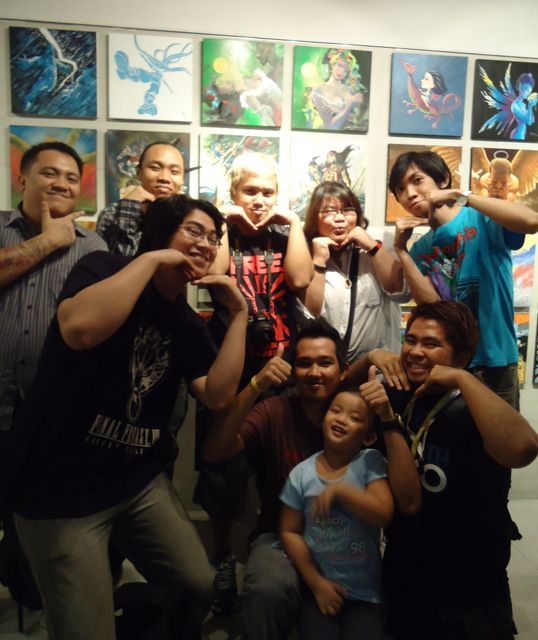
Over at the Cultural Center of the Philippines, works of the late comic book artist and painter Tony de Zuñiga were displayed in an exhibit called Heroes. De Zuñiga was one of the first Filipino artists who put the country on the map of international comics and eventually, Hollywood, for his creation, Jonah Hex.
“Kahit na ‘di siya naka-hang sa wall, sana ma-recognize ang comic book art. (I hope people still recognize comic book art even if it is not hanged on the wall.),” Indie Komiks Manila moderator Joanah Tinio-Calingo said.
For her, it is high time that Filipinos take notice of comics as both a literary form and an art form that has long been part of our culture.
Do you agree? Do you consider comics as books? Should comic book art be considered “real art”?
Let us know what you think by posting your comments below. – Rappler.com
Add a comment
How does this make you feel?
There are no comments yet. Add your comment to start the conversation.